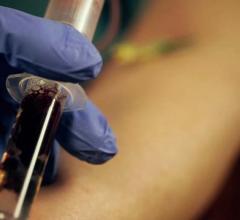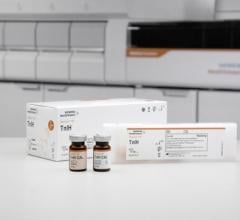May 30, 2007 -- Daxor Corp., a medical instrumentation and biotechnology company, announced the June 2007 publication of the Journal of Nuclear Medicine Technology article, "Blood Volume Analysis: A New Technique and New Clinical Interest Reinvigorate a Classic Study."
The article, authored by Dr. Timothy Manzone, Department of Nuclear Medicine, Christiana Care Health System and others features the fundamental concepts of a blood volume measurement and how Daxor's Blood Volume Analyzer BVA-100 and related clinical studies have demonstrated improved clinical management in heart failure, critical care and various other medical conditions.
The Journal of Nuclear Medicine Technology (JNMT) along with the Journal of Nuclear Medicine (JNM) are the most widely read peer-reviewed publications in nuclear medicine and allied disciplines. Practitioners from across the imaging sciences turn to JNMT for peer-reviewed information related to daily clinical practice.
The article reviewed the technical history of blood volume measurement and focused on the difficulty of performing an accurate and timely blood volume measurement until the introduction of Daxor's BVA-100 system.
The authors conclude that "...blood volume analysis reports of today include extraordinarily fundamental clinical parameters we could not previously measure." In addition, they state that facilities which commit to providing an automated blood volume analysis "will be rewarded and will contribute significantly to patient care."
Daxor Corp.manufactures and markets the only FDA-approved semi-automated Blood Volume Analyzer BVA-100 for the measurement of human blood volume. The Daxor BVA-100 is used in conjunction with Volumex, Daxor's single use diagnostic kit.
One of the studies cited within the article discusses how clinical assessment of the volume status of heart failure patients without a blood volume analysis is only correct 51 percent of the time, and how patients who remain volume overloaded have a two-year mortality rate of 55 percent versus a 0 percent mortality rate of patients who are treated to a normal blood volume.
The authors also note the application of blood volume measurement in the management of medical conditions in hematology, cardiology, surgery and critical care medicine.
For more information visit www.daxor.com


 October 09, 2019
October 09, 2019 








